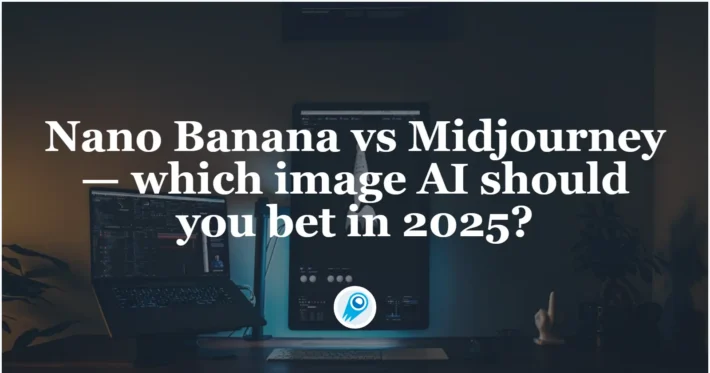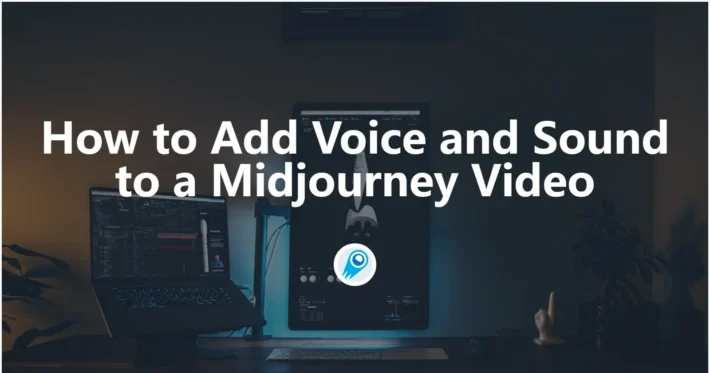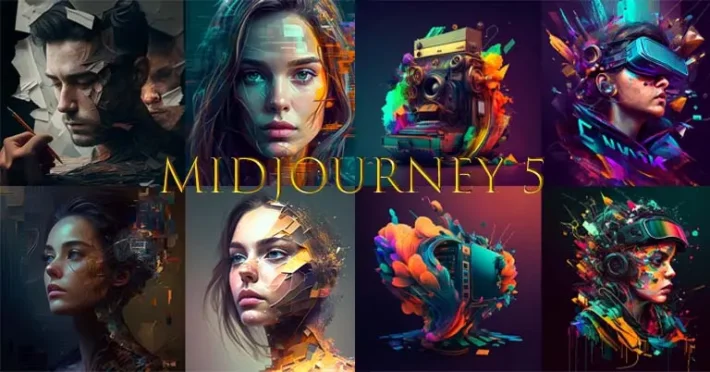Midjourney’s HD Video Feature Goes Live A Game-Changer for AI Creatives

Midjourney’s HD video mode goes live — higher fidelity, higher cost, wider availability: Midjourney officially rolled out an HD video mode for its newly introduced video tools, opening higher-resolution AI video rendering to paying professional users. The addition upgrades Midjourney’s image-to-video workflow with a higher-pixel option that the company says targets creators who need crisper, more production-ready clips.Initial rollout targeted Pro and Mega subscribers on August 7, before expanding to Standard plans by August 13, addressing community demands for accessibility.
What Is Midjourney’s HD Video Feature and How Does It Work?
Midjourney’s HD Video mode represents a significant upgrade from its standard definition (SD) offerings, transforming static AI-generated images into dynamic, high-quality motion sequences. Accessible via the Midjourney Discord bot or web interface, users can now animate prompts with enhanced resolution, making it suitable for professional applications like advertising, short films, and social media content.
Core Specifications and Enhancements
At its core, HD mode delivers approximately 4x more pixels than SD, achieving 720p resolution at 24 frames per second (FPS). This results in producing noticeably sharper frames and fewer visual artifacts for short clips—common issues in earlier AI videos. The feature supports seamless looping animations, moodboards for inspiration, and integration with parameters like –raw for more natural movements. Users can generate videos from text prompts or uploaded images, with durations typically around 5 seconds, extendable through advanced workflows.
A key innovation is the batch size customization: Defaulting to 4 videos per generation, users can now opt for smaller batches (1 or 2) via settings or commands like –bs 1, slashing GPU costs by up to 75% for targeted creations. Improved moderation filters out inappropriate content more accurately, while thumbnails now display the last frame (with plans for middle-frame previews in loops).
Comparison with Standard Mode
In SD mode, videos cost about 2 GPU minutes each, but HD escalates to 6 minutes—roughly 3.2x the expense—reflecting the computational intensity. For a $60/month Pro plan, this means around 72 HD iterations (yielding 288 videos in batches of 4), but smaller batches optimize for efficiency. Early benchmarks show HD outperforming SD in detail retention, making it ideal for cinematic outputs, though it lacks native audio support—users often layer sound via tools like Adobe Premiere.
Workflow: The core video workflow remains image-to-video: users supply a starting image (generated in Midjourney or uploaded) and use an “Animate” workflow (automatic or manual motion prompts) to produce short clips. Base clips start at about five seconds and can be extended in increments.
Cost and performance tradeoffs
Midjourney warns that HD video is significantly more expensive to render than standard video: the company and early reports put the cost at approximately 3.2× the normal video price (and commentators note it equates to roughly four times the pixels), meaning creators should expect a meaningful spend increase for HD output. Midjourney’s team frames HD as a professional tier option—higher quality at higher compute cost.Midjourney also clarified that HD generation is not intended to run in Relax mode and is primarily aimed at projects with higher production budgets
Technical context and roadmap
The HD mode builds on Midjourney’s V1 video model (released earlier in 2025), which introduced the company’s first public image-to-video capability. Midjourney describes V1 as an early step in a broader video roadmap that will add features and scale over time; HD is presented as a refinement aimed at production use cases rather than a separate model.
Use MidJourney in CometAPI
CometAPI is a unified API platform that aggregates over 500 AI models from leading providers—such as OpenAI’s GPT series, Google’s Gemini, Anthropic’s Claude, Midjourney, Suno, and more—into a single, developer-friendly interface. By offering consistent authentication, request formatting, and response handling, CometAPI dramatically simplifies the integration of AI capabilities into your applications. Whether you’re building chatbots, image generators, music composers, or data‐driven analytics pipelines, CometAPI lets you iterate faster, control costs, and remain vendor-agnostic—all while tapping into the latest breakthroughs across the AI ecosystem.
CometAPI offer a price far lower than the official price to help you integrate Midjourney API and Midjourney Video API, Welcome to register and experience CometAPI. .To begin, explore the model’s capabilities in the Playground and consult the API guide for detailed instructions. Before accessing, please make sure you have logged in to CometAPI and obtained the API key.
Calling Method: Use the parameter videoType=vid_1.1_i2v_720.
Midjourney V1 Video generration: Developers can integrate video generation via RESTful API. A typical request structure (illustrative)
curl --
location
--request POST 'https://api.cometapi.com/mj/submit/video' \
--header 'Authorization: Bearer {{api-key}}' \
--header 'Content-Type: application/json' \
--data-raw '{ "prompt": "https://cdn.midjourney.com/f9e3db60-f76c-48ca-a4e1-ce6545d9355d/0_0.png add a dog", "videoType": "vid_1.1_i2v_720", "mode": "fast", "animateMode": "manual" }'


